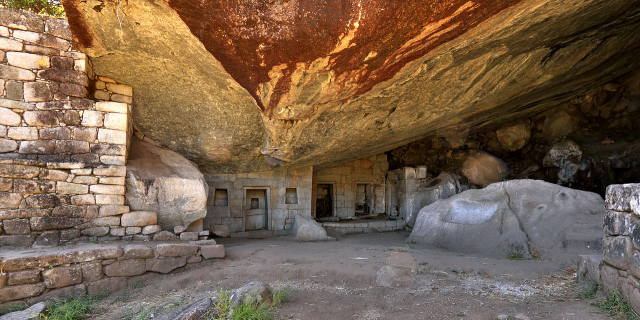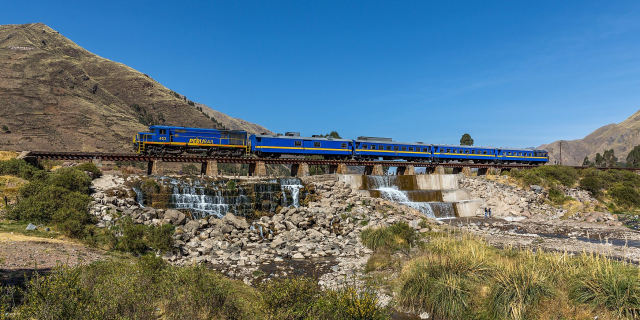Ollantaytambo (Quechua: Ullantaytampu) is a town and an Inca archaeological site in southern Peru some 72 km (45 mi) by road northwest of the city of Cusco. It is located at an altitude of 2,792 m (9,160 ft) above sea level in the district of Ollantaytambo, province of Urubamba, Cusco region. During the Inca Empire, Ollantaytambo was the royal estate of Emperor Pachacuti, who conquered the region,: 73 and built the town and a ceremonial center. At the time of the Spanish conquest of Peru, it served as a stronghold for Manco Inca Yupanqui, leader of the Inca resistance. Located in the Sacred Valley of the Incas, it is now an important tourist attraction on account of its Inca ruins and its location en route to one of the most common starting points for the four-day, three-night hike known as the Inca Trail.
Around the mid-15th century, the Inca emperor Pachacuti conquered and razed Ollantaytambo; the town and the nearby region were incorporated into his personal estate.[1] The emperor rebuilt the town with sumptuous constructions and undertook extensive works of terracing and irrigation in the Urubamba Valley; the town provided lodging for the Inca nobility, while the terraces were farmed by yanakuna, retainers of the emperor.[2] After Pachacuti's death, the estate came under the administration of his panaqa, his family clan.[3]
During the Spanish conquest of Peru, Ollantaytambo served as a temporary capital for Manco Inca, leader of the native resistance against the conquistadors. He fortified the town and its approaches in the direction of the former Inca capital of Cusco, which had fallen under Spanish domination.[4] In 1536, on the plain of Mascabamba, near Ollantaytambo, Manco Inca defeated a Spanish expedition, blocking their advance from a set of high terraces and flooding the plain.[5][6]: 453 Despite his victory, however, Manco Inca did not consider his position tenable, so the following year, he withdrew to the heavily forested site of Vilcabamba,[7] where he established the Neo-Inca State.
In 1540, the native population of Ollantaytambo was assigned in encomienda to Hernando Pizarro.[8]
In the 19th century, the Inca ruins at Ollantaytambo attracted the attention of several foreign explorers; among them, Clements Markham, Ephraim Squier, Charles Wiener, and Ernst Middendorf published accounts of their findings.[9]
Hiram Bingham III stopped here in 1911 on his journey up the Urubamba River in search of Machu Picchu.[10]































Add new comment